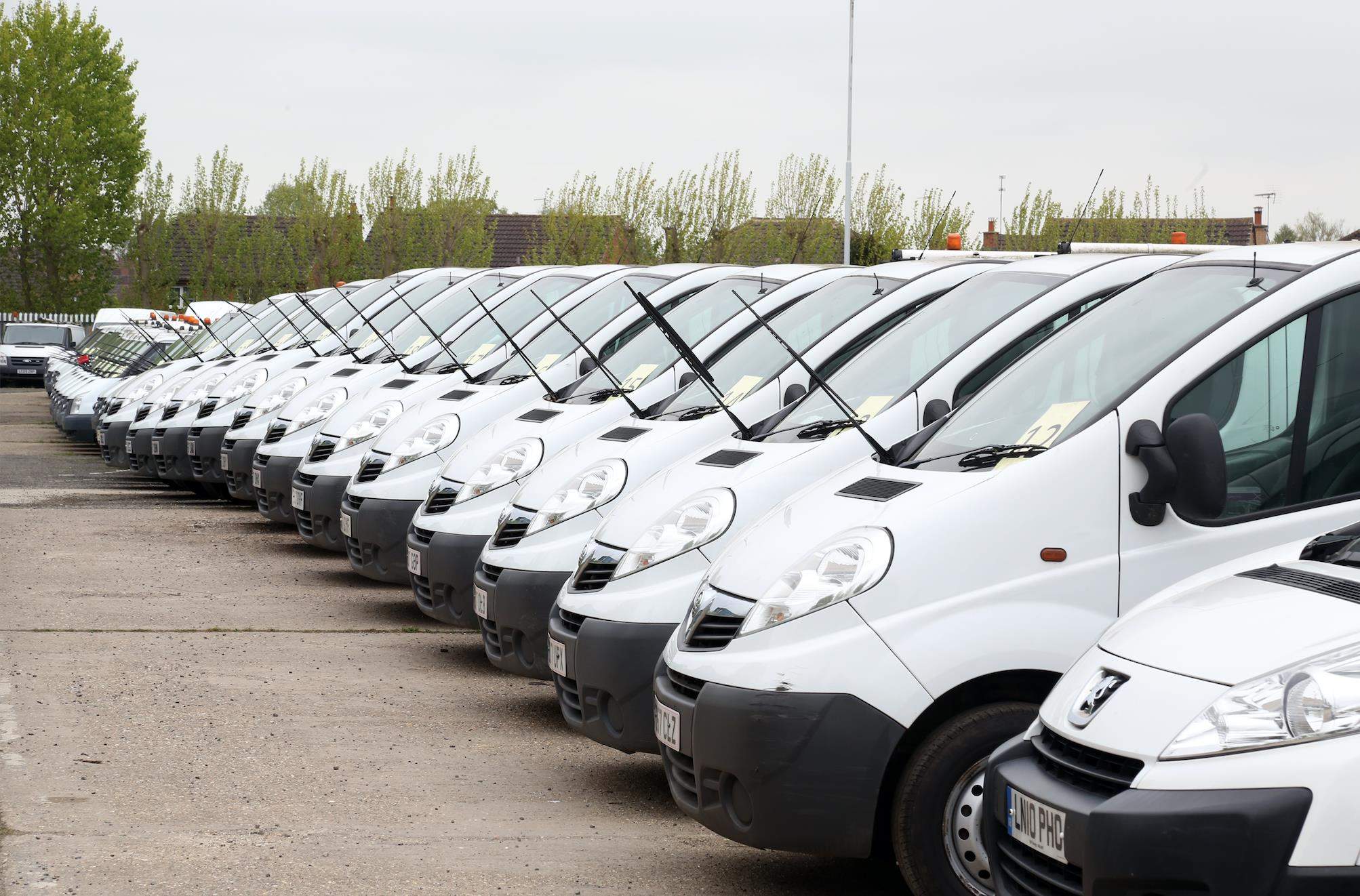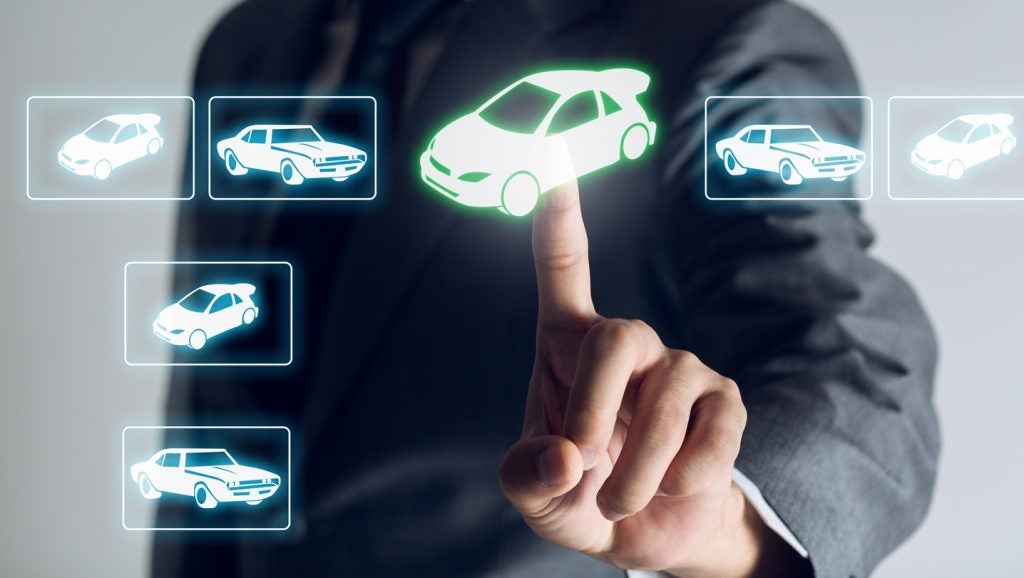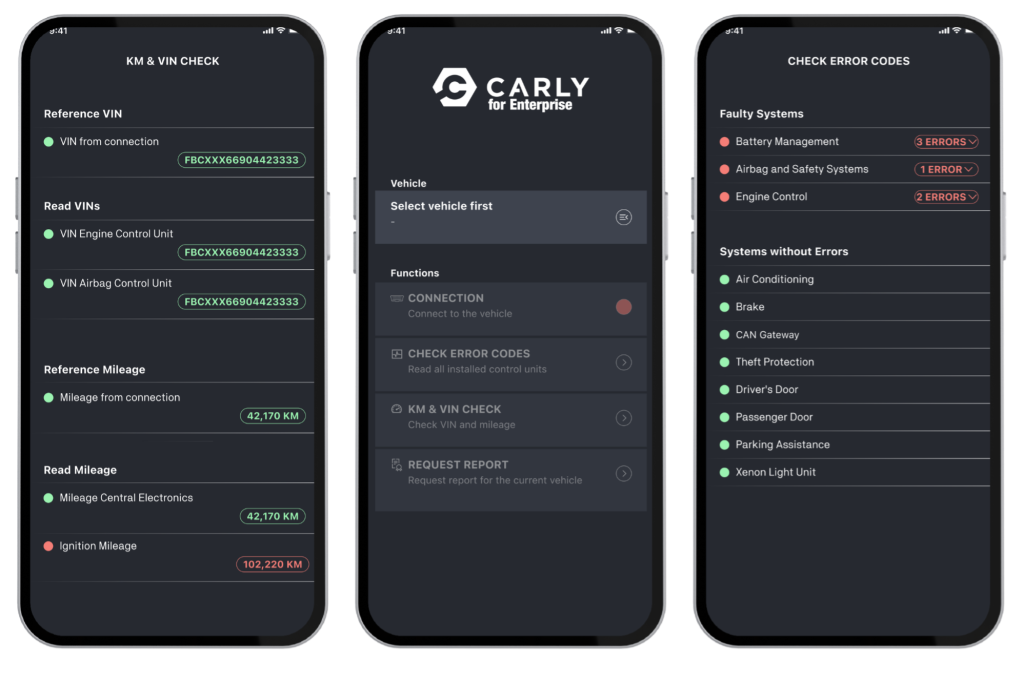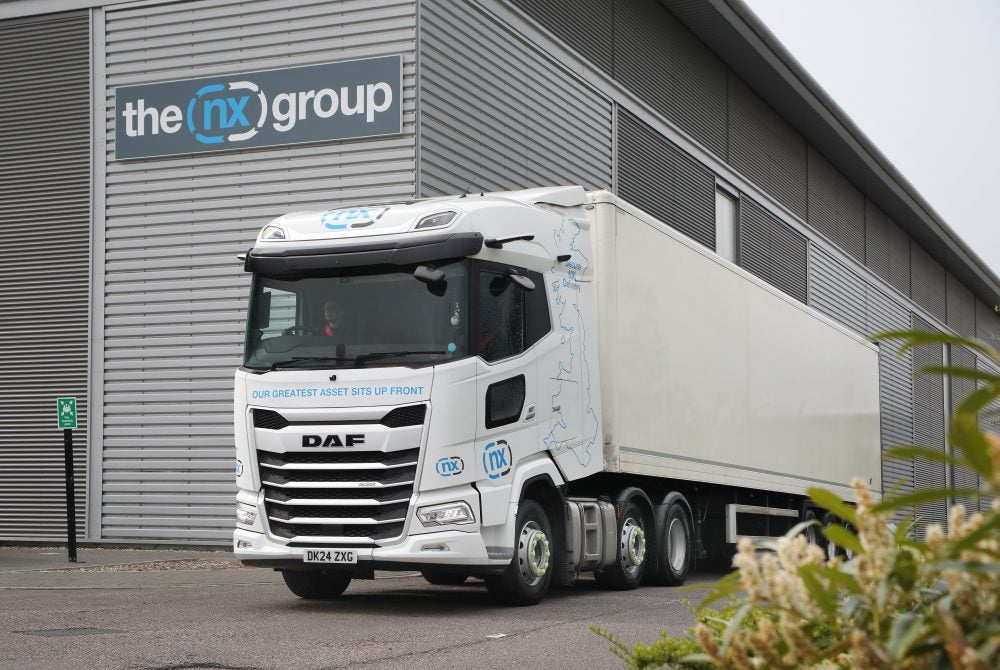
The transition to electric vehicles is well underway in the automotive sector, but there is a bit more reluctance when it comes to heavier-duty vehicles. Chris Farnell reports
This July, the BVRLA “Fleets in Charge” event featured talks and panels on every aspect of the challenge of decarbonising road transport. It was, on the whole, an event that was optimistic in tone, showcasing new technologies and business models that will help the road transport sector transition to electric vehicles.
There was one area of particular concern, however. During his opening speech, BVRLA’s chief executive, Gerry Keaney, told his audience, “While cars are powering ahead, vans are undoubtedly struggling to get out of first gear. There’s a lack of tax incentives. There’s an inadequate charging infrastructure to support the needs of the fleet sector, and we believe, on top of that, there’s a scarcity of the right sort of commercial vehicles. It’s getting better but there’s much more that needs to be done.”
EV van fleets
Later on at the event, Paul Hollick, chairman of the Association of Fleet Professionals voiced his own concerns.
“From our perspective cars aren’t an issue. They’re sorting themselves out, and Benefit In Kind is working well. We’re seeing massive electrification in company car vehicles,” Hollick said. “The challenge is electrifying van fleets, and very few of my members are doing that for van fleets. They’re worried about availability, about charging on the road, and I’m worried about the electric future for vans of the UK.”
They are concerns that are replicated across the industry, with the same concerns resurfacing over and over again. Vans need to carry more weight, putting more pressure on the battery, and driving up the price of everything involved.

US Tariffs are shifting - will you react or anticipate?
Don’t let policy changes catch you off guard. Stay proactive with real-time data and expert analysis.
By GlobalDataIn the face of these challenges, it is not surprising that the uptake of EV vans in the market has not been as fast as its car counterpart.
“It’s just much slower, with fewer vans being made available with limited usability from a range and payload perspective,” says Geoff Flood, Aston Barclay’s light commercial vehicle sales manager. “The EV van rollout bears no resemblance to the speedy rollout experienced on the car side and therefore the numbers we are seeing at auction are currently very small.”
“It has been very slow, and we still only see a handful of used electric vans coming back into the auction each month,” agrees Alex Wright, managing director of Shoreham Vehicle Auctions, although he adds, “When they do, generally the used prices are very good.”
A matter of charge
As well as the technological and price point challenges around the vans themselves, fleet managers looking into moving into the electric van sector are also put off by infrastructural challenges. They often have to travel long distances, meaning charging infrastructure is essential to get the van to where it needs to go.
“I think charging has got to be high on everybody’s list of priorities as without it operators cannot justify running electric vans as they risk their driver not being able to make their deliveries efficiently and on time,” Wright says. “The sooner that operators get to grip with charging both back at base and while drivers are away from the depot the sooner, we will see more EVs onboarded by UK companies.”
These challenges are not necessarily universal however, location can be everything. At the Fleets In Charge event, Andrew Kirkby, senior sustainability manager at BT Openreach, pointed out that he has seen great successes in deploying electric vehicles in some urban areas.
“We’ve started to electrify sites in London, and the urban density means they’re only doing 20 miles a day, so two to three charging sessions a week will work,” Kirkby said at the event. “The Clean Air Zone is also a financial incentiviser.”
The financial perspective
Ultimately, for any fleet manager looking at the possibility of deploying EV vans, it becomes a numbers game.
“The cost of electric vans is higher than diesel vans, so the finance element is important from the wholesale finance perspective, which enables dealers to buy used electric vans at auction, to the business finance available for SMEs to encourage them to consider onboarding an electric van ahead of a diesel,” Wright says.
While these vehicles are more expensive at the outset, there is some speculation that this might mean electric vans are also more effective at holding their value.
Flood tells us, “They are generally more expensive, so new vans will presumably cost more to contract hire or HP each month, but hopefully this will transfer to higher residual values in the used market in three-to-four years’ time.”
At the same time, it is the responsibility of the industry on the dealer side of the market to teach customers about the cost efficiencies that can be made with electric vans, as well as the practical elements involved in running such a van.
“Education is important on the used side of the market. Dealers will only buy EV vans at auction if they can then educate their customers on how an electric van can fit into their daily working schedule,” Wright points out. “It has worked with cars where we have worked with the Energy Saving Trust to help educate dealers about electric cars and slowly this has worked. Now dealer staff are confident in selling used electric cars to drivers. This must also happen in the van sector.”
Repeating the success of the car sector
While marketing EV vans includes its own unique challenges, in many ways the project is still to repeat what the industry has already achieved for cars. The ultimate goal is a simple one.
“Ending up with a van that has a usable payload, working range and no compromise on load area will mean the move to electric vans is more feasible,” says Flood. “Many of the things needed for a successful transition sit outside of the three groups above. Charging needs to be addressed both back at base and when drivers are on the road as without these challenges being sorted, however good the van is, the move to electric vans will simply be compromised.”
In his opening remarks at the Fleets in Charge event, Keaney also emphasised that repeating the energy transition seen in the car sector would not be possible with only a single solution.
“There is no silver bullet. There are tailored, nuanced solutions that need to be found and put in place, and it is clear to us this can only be achieved as it has with cars- by really extensive collaboration with decision makers across the whole country,” he said.
However the conversion will be achieved, the fact is that the van sector will be seeing a great deal more attention from all sectors, both governmental and business.
“The focus on reducing the plug-in car grant is moving to commercial vehicles, and the BVRLA calls for more support in these areas, as has been acknowledged by policymakers across the government,” Keaney said. “Vans need specific solutions, different support, specific timings, very different from the needs of the car sector.”
Surging inflation could put “huge pressure” on fleet managers, warns FleetCheck
Paragon Motor launches finance packages for electric vans







